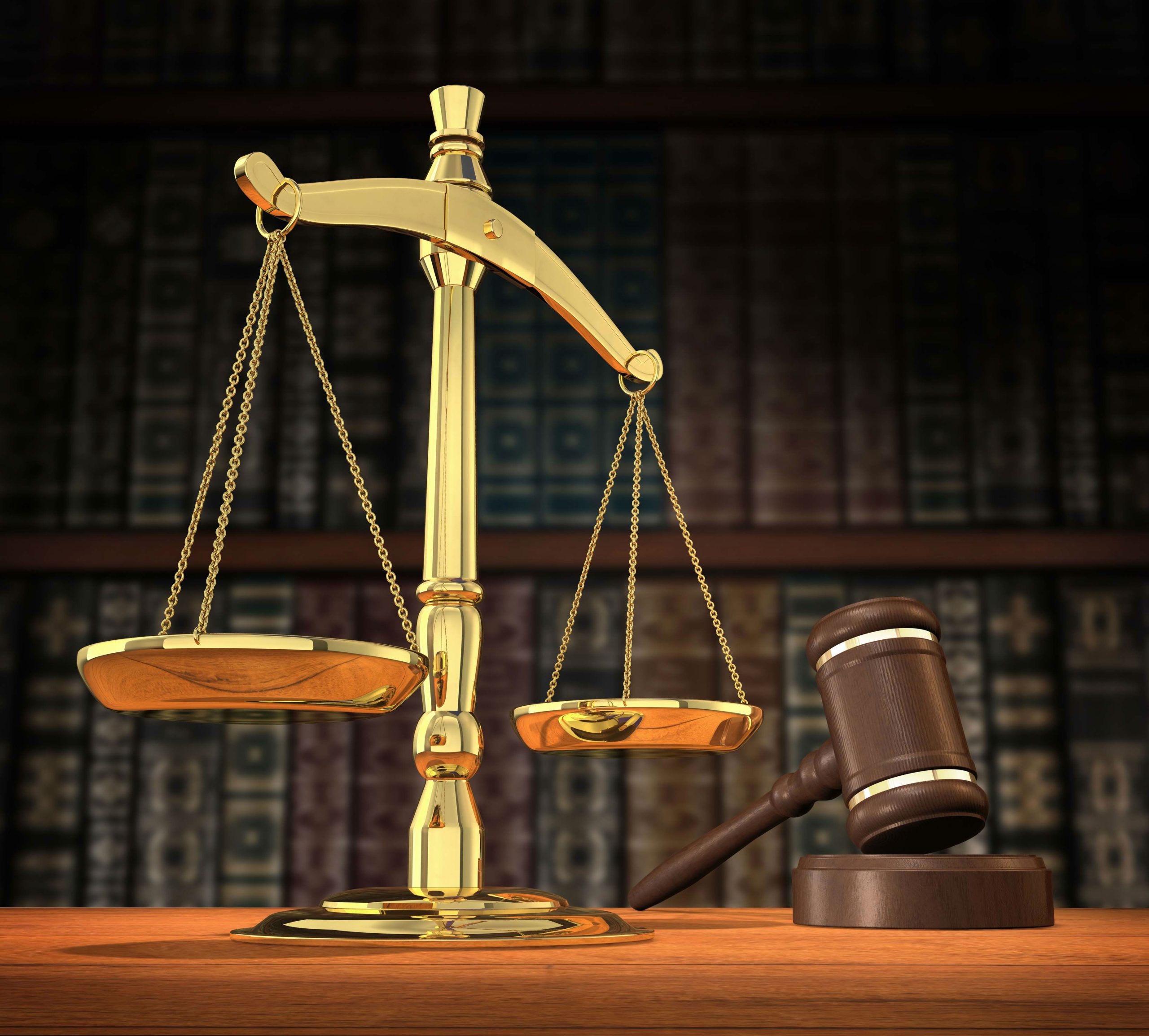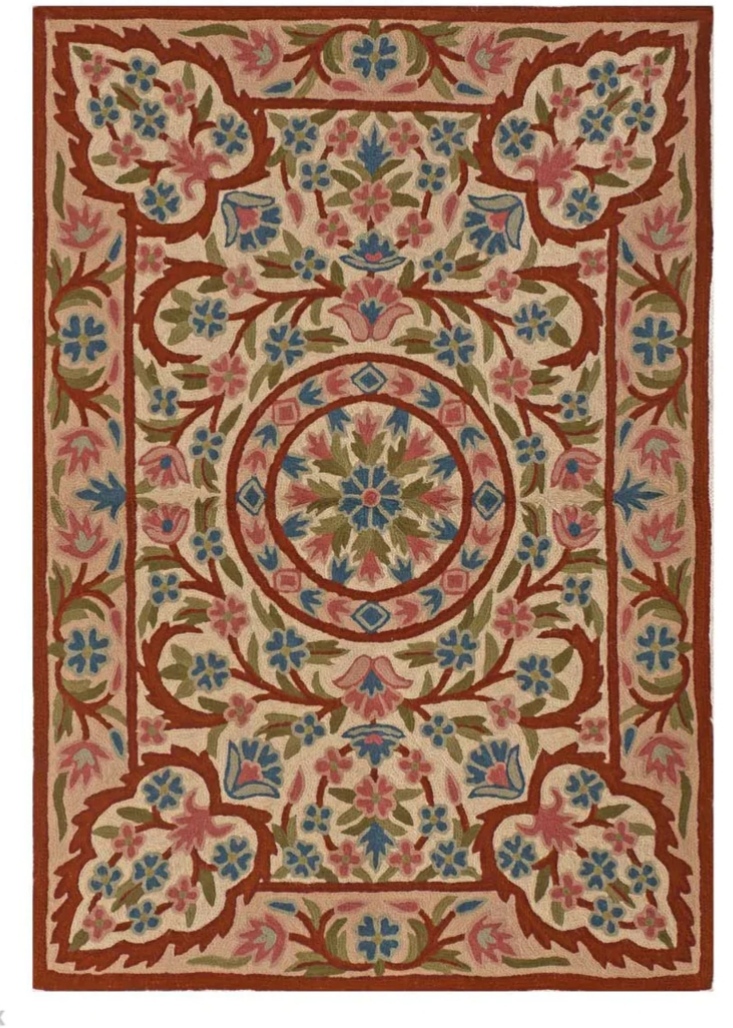By: Adv. Shafayat Aziz
Article 142 of the Indian Constitution empowers the Supreme Court’s verdicts and rulings to be enforced. It stipulates that in the performance of its jurisdiction, the top court may issue any verdict or order necessary to provide “complete justice” in just about any case before it. Such Supreme Court orders are enforceable across India, as provided by any statute enacted by Parliament or by executive order of President of India.
History of Article 142
Article 142 originally numbered as Article 118 in the draft Constitution developed by the drafting committee and presented to the Constituent Assembly for deliberation on May 27, 1949, but then was passed without debate the very same day, presumably since everyone agreed that in order to guarantee judicial independence, the nation’s highest court should be given plenary power to do perfect justice.
About Article 142
In essence, this part of the Constitution grants the country’s highest court broad authority to administer “complete justice” in a matter. On May 27, 1949, the Constituent Assembly passed Article 142, which began as draft article 118. “The Supreme Court, in the exercise of its jurisdiction, may pass such decree or make such order as is necessary for doing complete justice in any cause or matter pending before it, and any decree or order so passed or order so made shall be enforceable throughout the territory of India in such manner as may be prescribed by or under any law made by Parliament,” says Article 142, subsection 1 (“Enforcement of Supreme Court decrees and orders and orders as to discovery, etc.”).
Subsection 2 of Article 142 states “Subject to the provisions of any law made in this behalf by Parliament, the Supreme Court shall, as respects the whole of the territory of India, have all and every power to make any order for the purpose of securing the attendance of any person, the discovery or production of any documents, or the investigation or punishment of any contempt of itself.”
Uses of Article 142
Article 142 allows the executive and legislative branches to be superseded. The Supreme Court draws sweeping authority from Article 142 to exercise executive and legislative responsibilities in order to do complete justice.
Article 142 is complemented by Articles 32 (Right to constitutional remedies), Article 141 (The Supreme Court’s decision shall be binding on all courts within India), as well as Article 136 in this endeavour (Special Leave petition). Judicial activism is a term used to describe this. It has frequently overridden laws passed by Parliament in order to provide “complete justice,” like in the following scenarios:
Union Carbide Case: The Supreme Court used Article 142 to grant relief in 1989, providing reparation to the Bhopal Gas Disaster victims.
Coal Block Allocation Case: The Supreme Court invoked this clause of the constitution in 2014 to revoke the allotment of coal blocks allocated to wrongdoers from 1993 onwards and levy fines on coal produced unlawfully.
Ban on liquor sale on highways case: In 2016, the Supreme Court, under Article 142, made it illegal to sell alcohol within 500 metres of the highway’s outside edge. This decision was made to avoid accidents caused by drunk driving.
Scope of Article 142
Though Article 142’s powers are broad, the Supreme Court has clarified their scope and extent over time in its various decisions. In this respect, ‘Prem Chand Garg v. Excise Commissioner, Uttar Pradesh, Allahabad’ (1962); ‘Supreme Court Bar Association v. Union of India’ (1991); and ‘Union Carbide Corporation v. Union of India’ (1988) are a few examples.
Prem Chand Garg v. Excise Commissioner, U.P. (1962): The majority ruling established boundaries for the Supreme Court’s exercise of Article 142 (1). The court underlined that its judgements under this article must not only be consistent with the fundamental rights guaranteed by the Constitution but it should also not be inconsistent with the substantive matter of the related statutory laws. Therefore Article 142 doesn’t make the apex court able to contravene with the Article 32 (right to constitutional remedies).
Union Carbide Corporation v. Union of India (1988): The court highlighted that prohibitions contained in any other law with regard to ordinary laws, cannot ipso facto act as any limitation or prohibition on the Article 142. The court noted: “It will be wholly incorrect to say that powers under Article 142 are subject to express statutory prohibitions. That would convey the idea that statutory provisions override a constitutional provision”.
Supreme Court Bar Association v. Union of India (1991): In this case the court ruled that the Article 142 is only of supplementary nature and can’t substitute any substantive law or create something new which never was in existence there.
Advantages of Article 142
Whenever the executive or legislature fails to defend people’ rights and uphold constitutional ideals, the judiciary has used its powers under Article 142 to do so.
As the constitutional protector, Article 142 gives it the capacity to fill statutory gaps.
It also establishes a system of checks and balances for the government’s other branches.For instance:
The Supreme Court established norms to safeguard a woman from sexual harassment at work in the case of Vishakha v State of Rajasthan.
In the BandhuaMuktiMorcha Case, the Supreme Court of India handed down a landmark verdict on India’s bonded labour system.
In the case of Olga Tellis, the right to subsistence was held to be an integral aspect of the right to life.
The writer is a lawyer and can be reached at shafayat157@gmail.com





